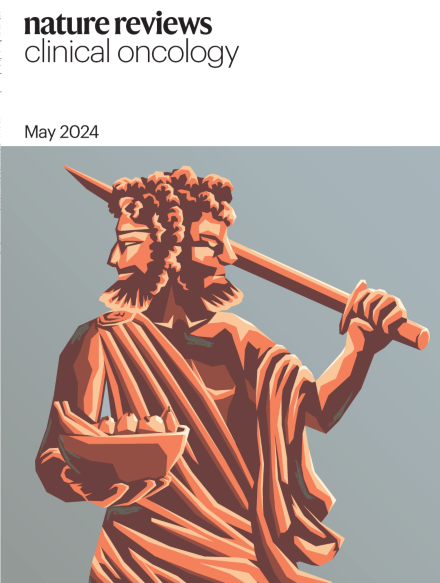
The two faces of copper metabolism in cancer
Learn more about this and other topics in our May issue

Learn more about this and other topics in our May issue

The majority of patients with cancers of unknown primary have unfavourable outcomes when they receive empirical chemotherapy. The shift towards using precision medicine-based treatment strategies involves two options: tissue-agnostic or site-specific approaches. Here, we reflect on how cytology-based deep learning tools can be leveraged in these approaches.